A powerful electromagnetic storm last week created an incredible aurora that reached the southern regions of the United States – aurora was seen even in the desert state of Arizona. In Canada, the aurora seemed especially bright and colorful. Such a rare sight attracted the attention of photographers across North America, who watched the stunning spectacle for 12 hours.
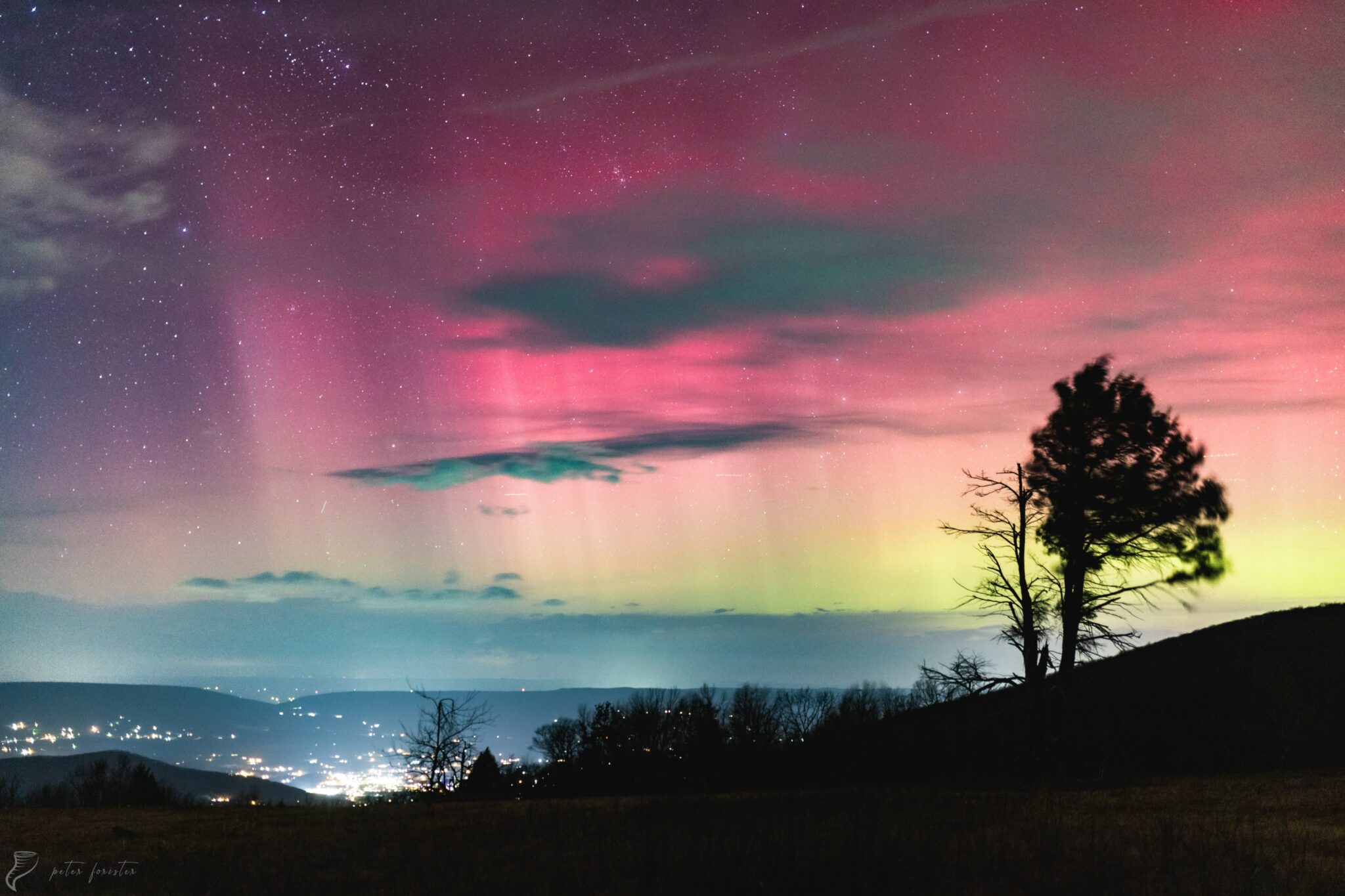
The super-powerful geomagnetic storm — rated by the National Oceanic and Atmospheric Administration (NOAA) at the fourth level out of five — caused bright auroras, which were seen by residents of 48 of the 50 US states. Some even reported that they had seen another recently discovered phenomenon similar to the aurora called STEVE.
Fun to hang out with STEVE last night #Wyoming #wywx #AuroraBorealis #northernlights #spaceweather pic.twitter.com/ckS96zJnoS
— Matt Ley (@Matt_wyo) March 24, 2023
“We did not expect such a powerful storm. Its strength is estimated at G4. The last time such a storm was observed in 2017,” said Bill Murtagh, program coordinator at NOAA’s Space Weather Prediction Center.
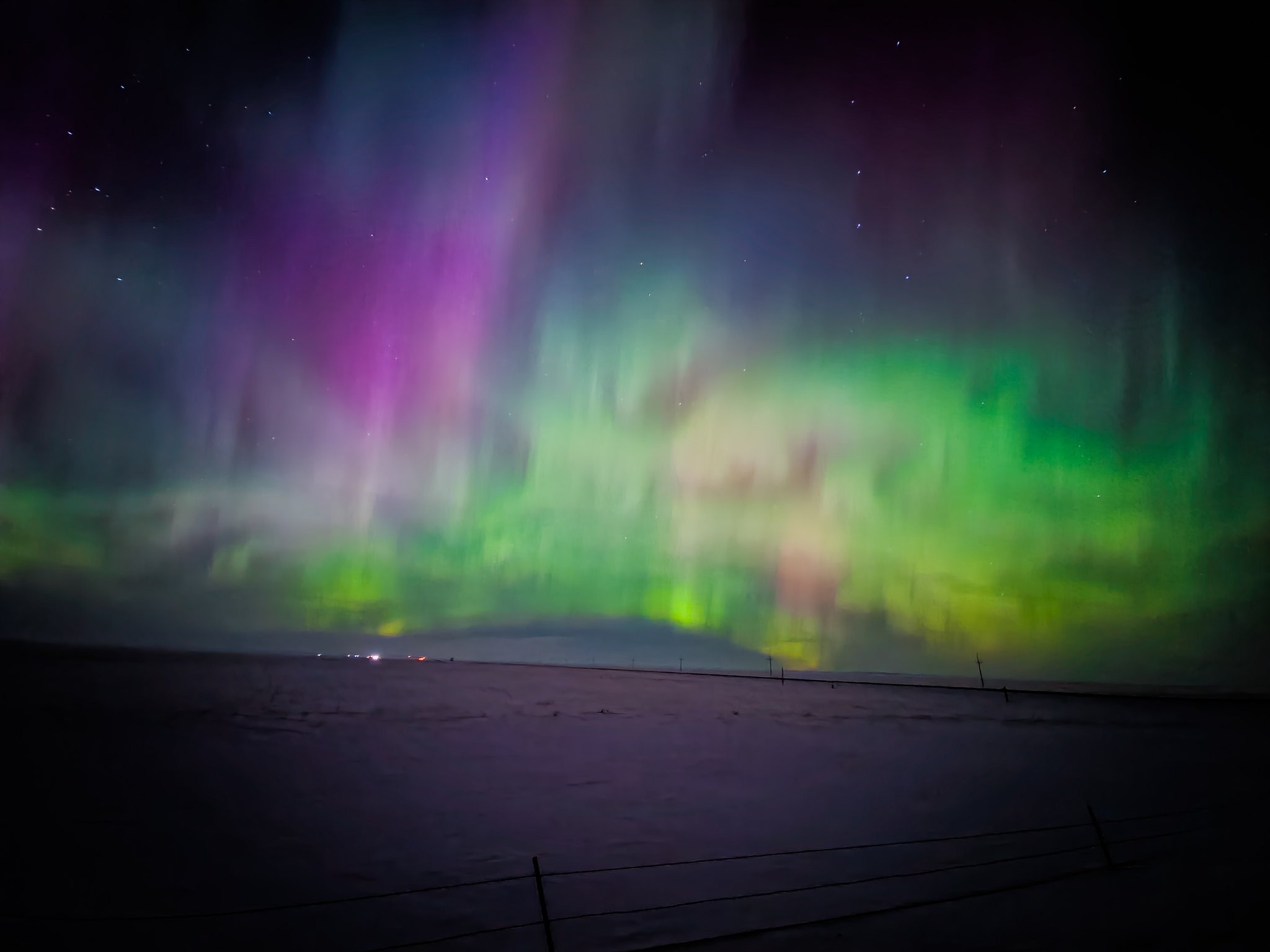
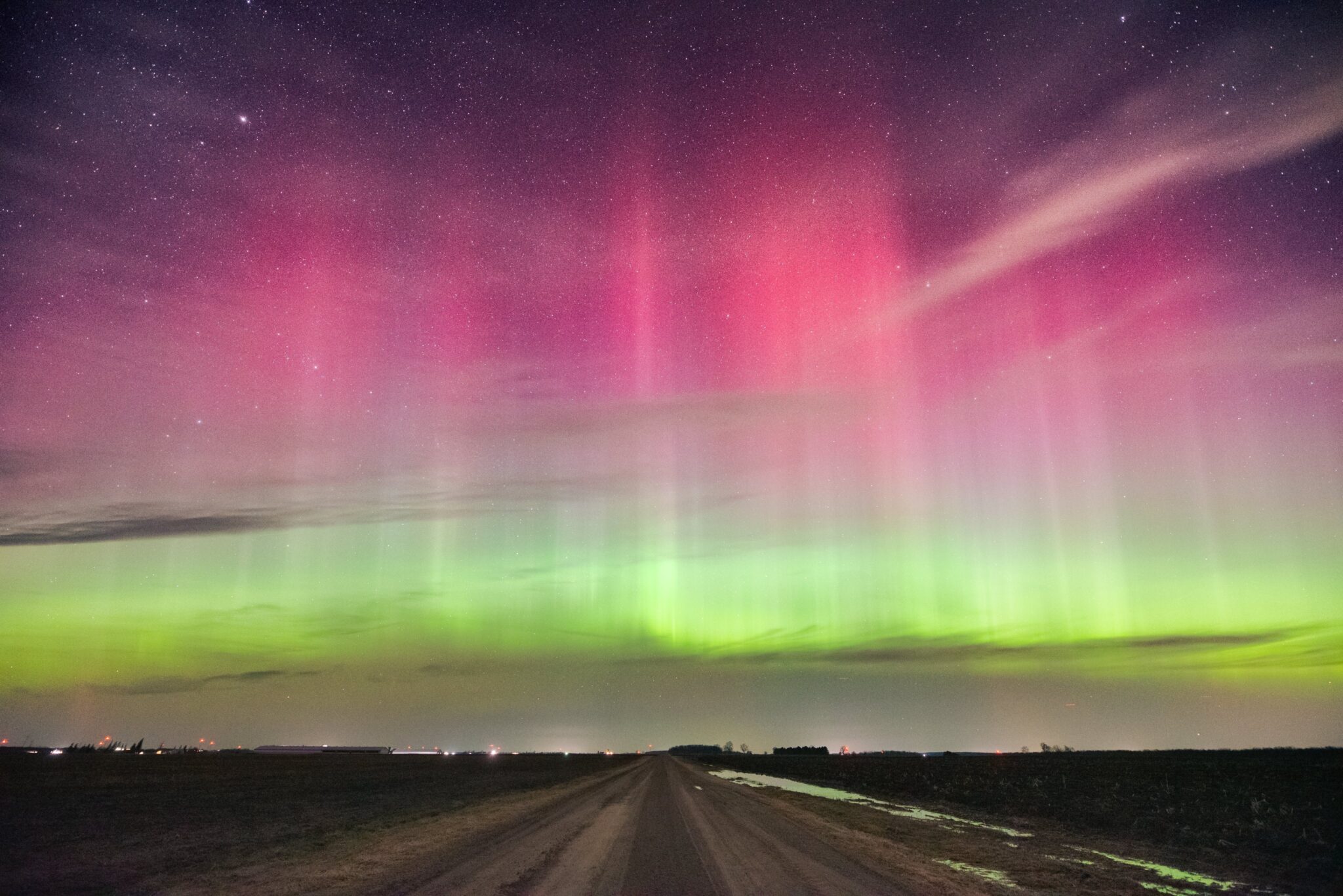
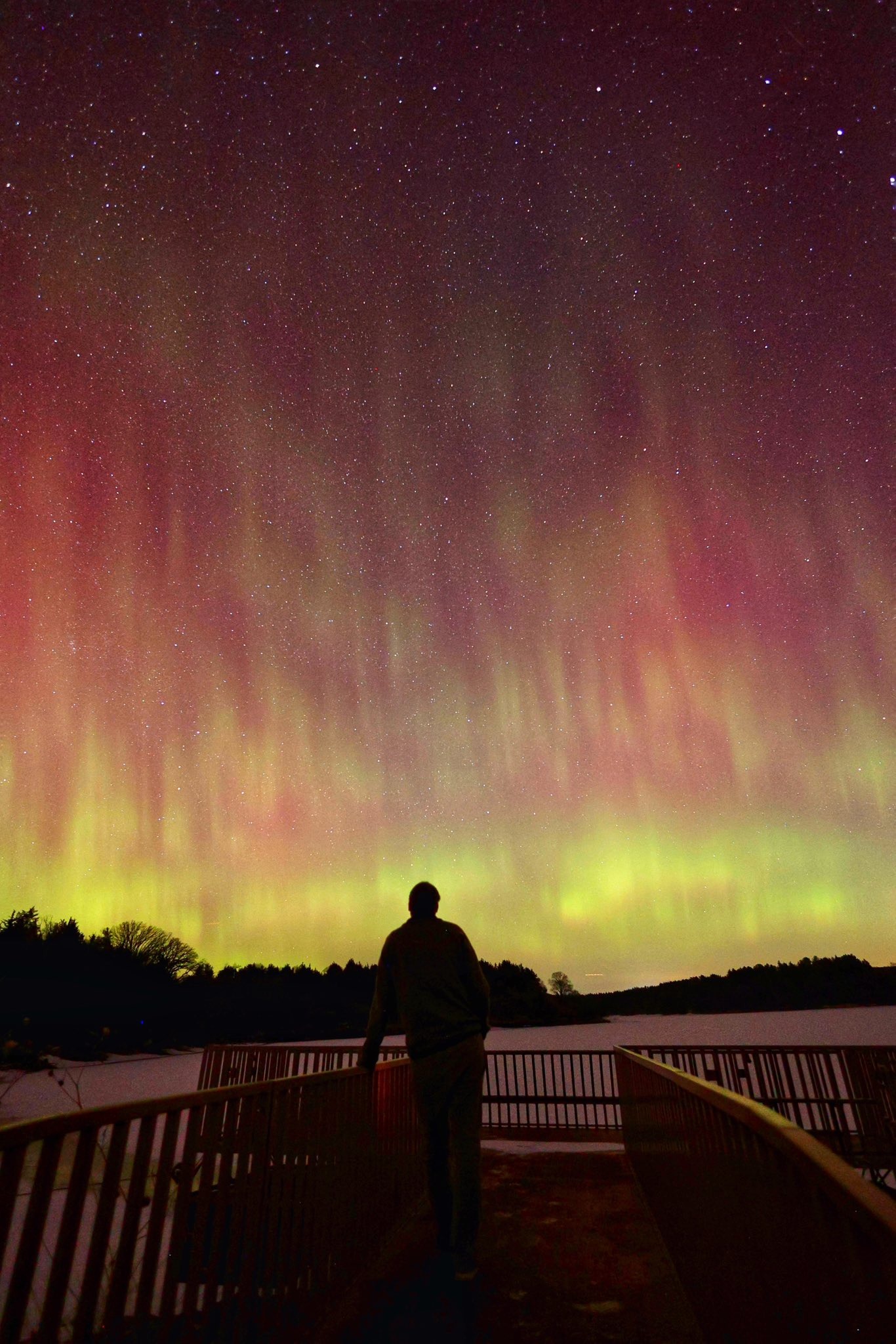
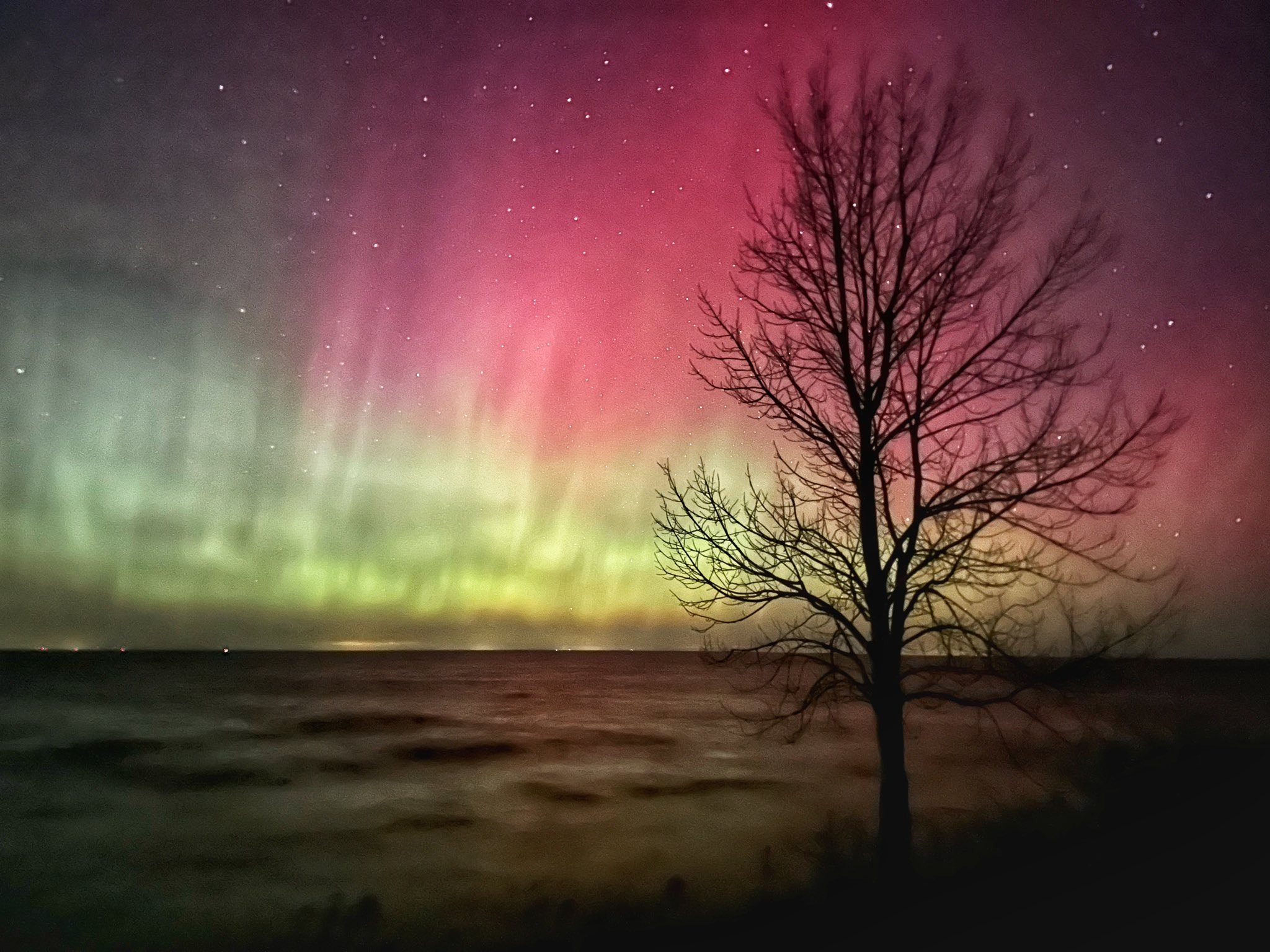
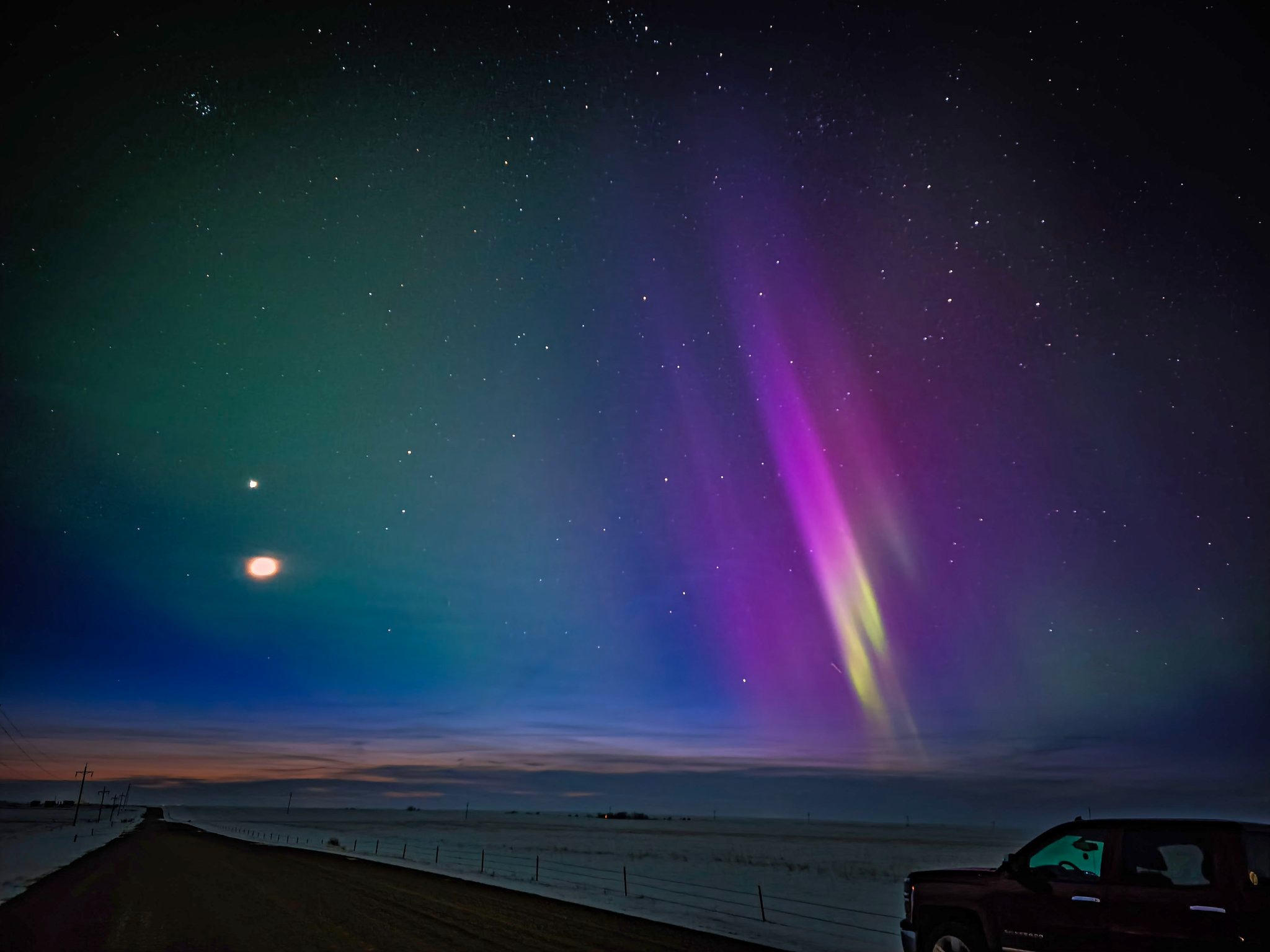
Unnoticed stealth flare
Auroras occur during geomagnetic storms, when energy and particles from the Sun disrupt the Earth’s magnetosphere. Some particles move along the lines of force of the Earth’s magnetic field into the upper atmosphere, where they excite oxygen and nitrogen molecules and emit photons of light. Auroras can usually be seen at higher latitudes. But the G4 force storm spread aurora to more southern latitudes. The conditions that led to this storm were very rare. It is almost impossible to foresee them in advance.
Dancing #AuroraBorealis pillars over Asheville captured last night at 11:15 PM… I will never forget this. pic.twitter.com/AJ8AQutaqT
— Evan Fisher (@EFisherWX) March 24, 2023
The creation of the aurora begins when solar flares send out a wave of energy and particles, which is called a coronal mass ejection. When forecasters see a coronal mass ejection aimed at the Earth, they usually warn of danger. But this time it didn’t happen.
NASA solar physicist Alex Young agreed that this G4 storm was harder to predict than others. Firstly, several coronal mass ejections occurred on the Sun in recent days, but none of them looked like it was heading towards Earth. However, one of the emissions had a direct “shot” to the Earth, so it was not noticed among other flares. Such “imperceptible” phenomena are called “stealth ejections” of the coronal mass.
Earlier we reported on how a giant prominence got on the epic portrait of the Sun.
Follow us on Twitter to get the most interesting space news in time
https://twitter.com/ust_magazine

